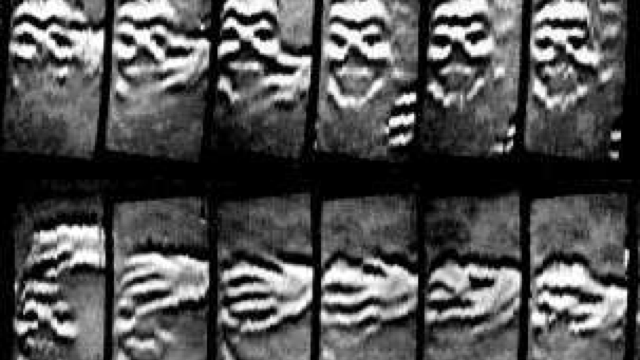Only a year after being the first person to successfully demo a working television set in 1926, John Logie Baird dreamed up something called Phonovision. What was its purpose? To record television. On a record.
Don McLean, a TV enthusiast and historian of John Logie Baird, says Phonovision worked by etching the pictures as audio frequency waves into a record. Because of the low resolution and low frequencies of the video signal, the picture was transferrable.
Recording the television signal in the 1920s was much simpler than you might at first think. With only 30 lines per picture (television frame), the highest frequency present was low enough to be audible. The video signal could therefore be recorded as an audio signal onto disc.
The video was recorded at four frames-per-second with a resolution of 30 lines and a vertically-oriented 7:3 aspect ratio. A total of six discs were made, each double sided, and each side contained three minutes of footage.
Of course, Baird was ridiculed because at the time, attempts to playback video from the disc were more or less disasterous. But McClean says he’s been able to extract images from the discs decades later, proving that Bairds technology worked, rudimentary as it may be. (See for yourself here)
After Phonovision, Baird would go on to devise crude versions of colour and stereoscopic 3D television sets, decades before they were fully realised on a mass scale. [TV Dawn]
